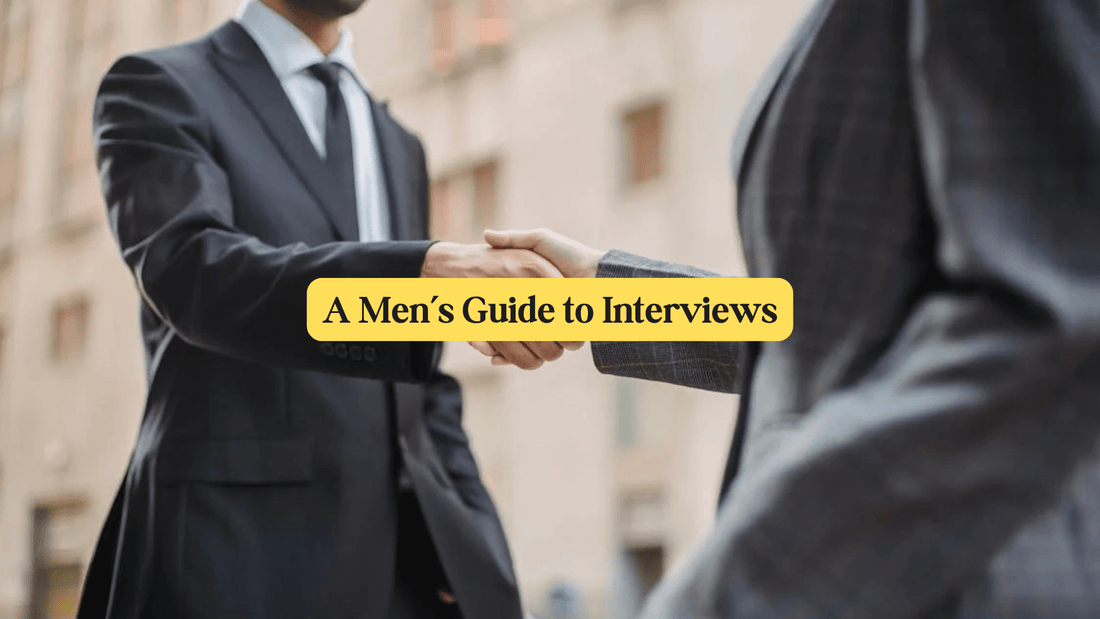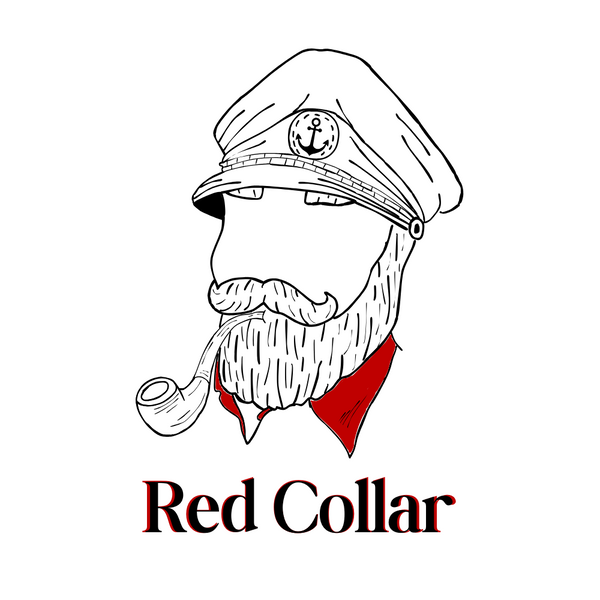
A Men's Guide to Interviews
Share
Land your next position with a A Men's Guide Interviews
Interviewing is one of those things that no matter where life takes you, it's just something you'll have to face eventually. Especially in your early and mid 20's, you may find yourself interviewing for job positions 1-2 times per year; and even then higher education, frats/sororities, and some organizations require interviews as well. While most guys don't necessarily jump at the idea of getting interviewed, we have a couple pointers for you to help everything go just about as smoothly as possible.
The Dressing Part
Now, this can go in many different ways based on what your interviewing for, and the scale of that position. My first job interview on a farm certainly went a lot differently then my sales accounts position later in life. However, there are a few rules that we can follow as baseline regardless of the interview scale, then apply the finer details as we go.
Tuck Your Shirt
It's a tale as old as time and just like our grandfathers did, has never gone out of style. A polo, dress shirt, or oxford, are all fine choices for the interview but letting your shirt hang loose is not the way to go. Tucking your shirt helps in more ways than one. Firstly, it offers a form fitting look, which helps the overall finished look on your outfit and helps better accentuate your frame. It also helps add a whole level of business casual, and shows that you can properly look and play the part. It also establishes that you're a capable individual who understands the importance of dressing properly and someone who can represent the institution well. Just remember to keep your gig-line straight.
No Sneakers
I'll be the first to tell you that I think some white or solid color shoes can look amazing with a suit. It's one of the best things ESPN has done in the past 10 years or so. So I guess if you're not interviewing for an on-air television studio, then this is just one of those rules that has to be followed. Aforementioned, it's likely that you can find a nice pair of sneakers to wrap up an interview fit. But this rule is just one of those things where you're attempting to showcase that you're willing to get dressed up and show your best look in this case. Loafers are a great option since they offer that business casual look we're going for, and pair well with almost all types of pant options and outfit styles.
Wear Something You Know
The job interview and a first date are kind of common in a lot of ways. When you're picking out your outfit for that first date, you usually have something already settled on in the back of your mind. That favorite shirt, that jacket for special occasions, the one pair of pants that fit you perfectly. Much like a date, an interview isn't the time to experiment different options you've never worn before. Rather, fall back on something that you know works well, something you've seen yourself in photos wearing before. Not only will you know that this style or set of clothes wears you well, but you'll also have the confidence (and more focus on other things) that you've got the outfit part nailed down. Feeling confident is something that can't be stressed enough when heading into an interview, and nailing this part will help everything settle in down the road.
The Resume Part
We are certainly not the place to be if you need help with your resume top to bottom. However there are a few pointers that you can apply to for whatever your working with currently.
Cut the Fluff
We've all been told that more is better. Joining clubs, playing in sports, being apart of organizations and extracurriculars is what will help you get into a good college or your preferred career. While that is certainly the case in life, on a resume however it can actually hurt you by spelling out each doing in your life that led you to this point. Remember, hirers are busy people and they've got better things to do then read 50+ resumes (I'm just being honest). While most of them will be similar and redundant to each other, a good way to standout is to be quick and to the point about who you are and what you can offer. Instead of listing out "accomplishments," try "top accomplishments." Instead of listing out "job history," try saying "recent job history, " or "relevant job history." Just these small, witty changes will be not only be appreciated by the hirer, but also help you standout amongst the crowd. Resumes shouldn't surpass one page as well, so pairing this tactic with a clean, easy to read, mapped out resume will give you the edge before the interview has even begun.
The Interview Part
Everything before this part has been prep work and behind-the-scenes action. Now it's time to put everything into play and show what the person behind the clothing and resume has to offer.
The Handshake
There should be books written about handshakes and the master of perfecting them (if there already is one and I'm not aware I'm sorry) as this acts as the tone setter for everything that follows. You want to find a nice not so weak, not too strong, middle balance when going in for the handshake. Remember this isn't a strength contest. Right handed always, I would suggest 60-70% of your grip strength seems to be a pretty fair middle ground. Eye contact and a string saying of your name is the best first steps you can take once the interview has begun.
Etiquette
Since no one can coach you through the process, it's really all on you in there. However there are a couple small things you can do to gain an advantage the whole way through and appear more confident and capable than your fellow interviewees. Good posture, holding your head up high and constant eye contact are a couple good starting points to come across more confident and genuine. Be aware of any nervous ticks you may have, like biting your nails, touching your face or anything else involving your hands. A way to combat this is to fold your arms or place them by your side for the duration of the interview. Respond to questions honestly, thoroughly, while being straight and to the point. Focus on slowing your speech and being more thorough and informative than being quick and to the point.
Follow Up
This final part could actually be one of the most important steps, and also can be your best chance to separate yourself from the pack. I would recommend a well thought out email thanking the hirer for their time and consideration. I would also add that you are more than open to a follow up interview or to answer any other questions that the hirer may have. Don't be afraid to ask follow up questions here as well as doing this will subconsciously prove your continued engagement with the company post-interview. It's a small thing, but it has been and will be a final factor that goes into the final hiring candidate.
Thanks for reading! If you liked this, please consider subscribing to our email at the footer and follow our socials to stay up to date with all things Red Collar and The Locker Room.
